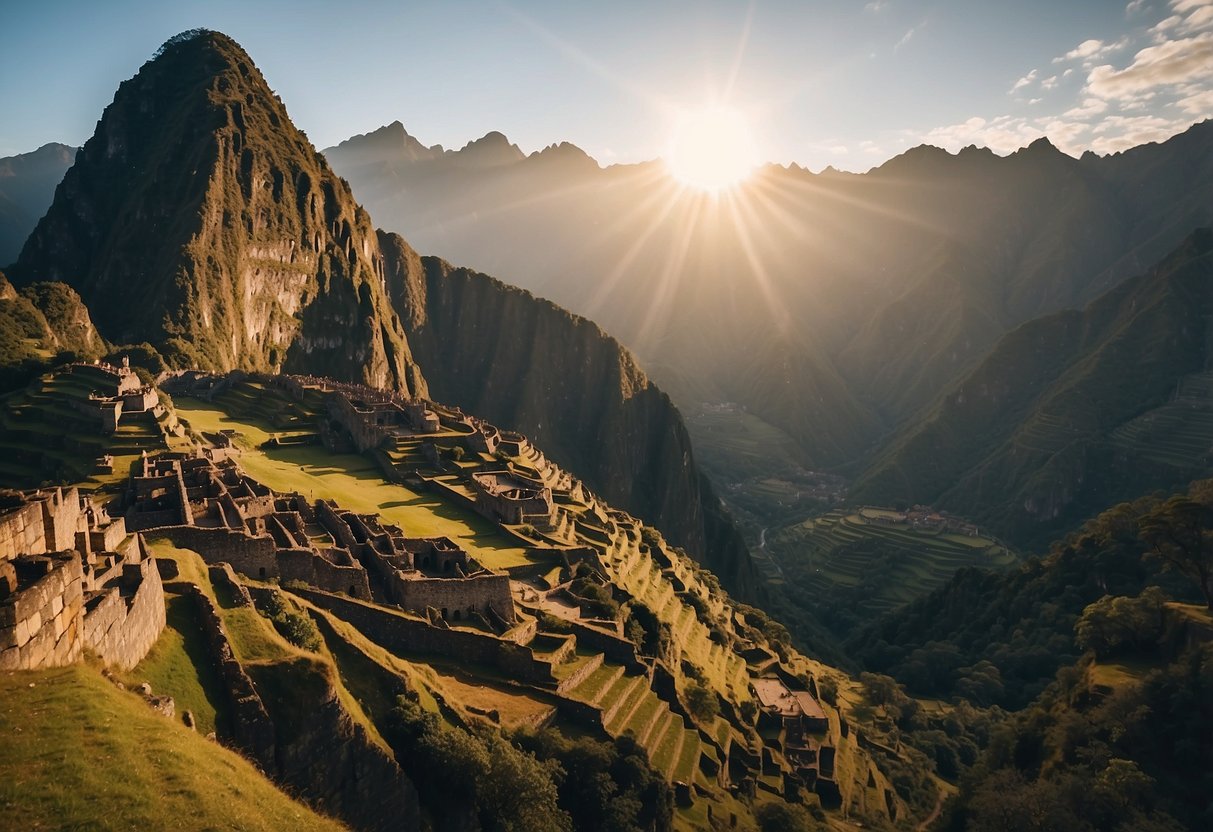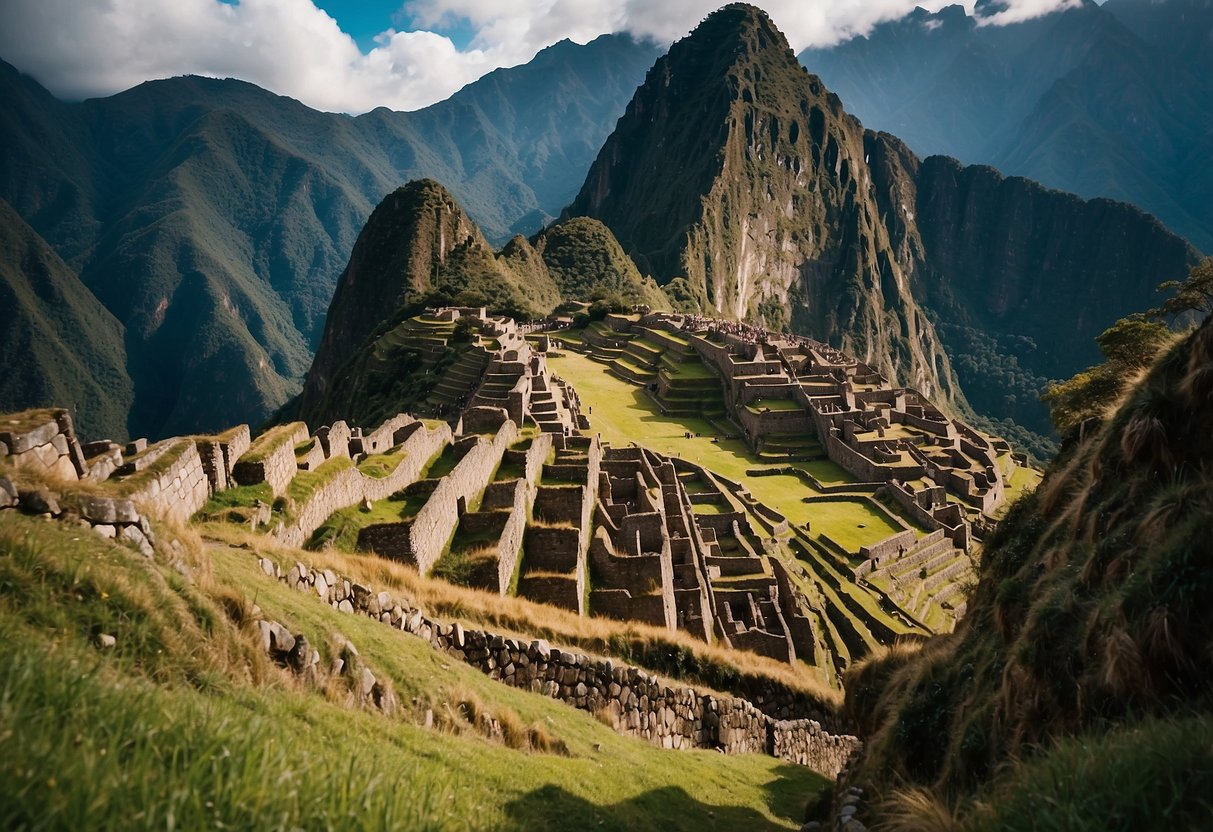
Archaeological Findings
Machu Picchu has revealed its secrets through careful excavation techniques and modern technology, contributing significantly to our current knowledge of ancient civilizations. These efforts have unearthed a wealth of artifacts and structures that provide a deeper understanding of the historical significance of this site.
Excavation Techniques
Archaeologists have used meticulous excavation techniques to preserve the integrity of Machu Picchu’s ruins. Initial efforts focused on mapping and documenting visible structures. This involved removing surface vegetation and soil layers to expose stonework and foundations.
Hand tools, such as trowels and brushes, were employed to carefully uncover artifacts without damaging them. These manual methods allowed for precise work, especially in delicate areas. Human remains, including skeletons, were discovered, providing insights into the health, diet, and lifestyle of the inhabitants.
The fieldwork often incorporates stratigraphy, a technique where soil layers are analyzed to understand the chronological sequence of human activities. Findings from these excavations have been published in reputable sources, including the Journal of Archaeological Science, contributing to academic knowledge and public awareness.
Recent Discoveries Using Modern Technology
Recent discoveries at Machu Picchu have been significantly enhanced by modern technology. Remote-sensing technology, including lidar and drones, has revolutionized archaeological fieldwork. Lidar, which stands for Light Detection and Ranging, uses laser pulses to create high-resolution maps of the terrain, revealing hidden structures beneath dense foliage.
Drones equipped with high-definition cameras provide aerial views of the site, facilitating detailed surveys and the identification of previously unknown features. This technology has uncovered terraces, roads, and other infrastructure that were not visible from the ground.
These advances have allowed archaeologists to explore and document areas that were previously inaccessible, further enriching our understanding of Machu Picchu’s layout and its role in the Inca civilization. The integration of traditional excavation methods with cutting-edge technology ensures that Machu Picchu continues to be a focal point for archaeological research and discovery.
Inca Trail through the Andes

The Inca Trail is one of the most famous trekking routes leading to the ancient citadel of Machu Picchu. It provides stunning views of the Andes and requires careful preparation due to its challenging nature.
Preparing for the Hike
Hiking the Inca Trail requires securing a permit, often months in advance due to limited availability. Trekkers should ensure they are in good physical condition as the trail involves steep climbs and descents.
Packing the right gear is crucial. Essentials include sturdy hiking boots, layered clothing for variable weather conditions, and a high-SPF sunscreen. Altitude sickness can be a concern, so acclimatizing beforehand and staying hydrated are important steps to mitigate its effects.
Significance of the Inca Trail
The Inca Trail holds historical and cultural importance dating back to the Incan Empire. It was part of a vast network of roads that connected various regions.
The trail traverses diverse ecosystems, offering panoramic views of snow-capped peaks, lush cloud forests, and ancient ruins along the way. Each section of the trail provides a glimpse into the engineering prowess and spiritual significance attributed to the landscape by the Incas. Trekkers not only experience natural beauty but also walk in the footsteps of ancient civilizations, making the journey to Machu Picchu deeply rewarding.